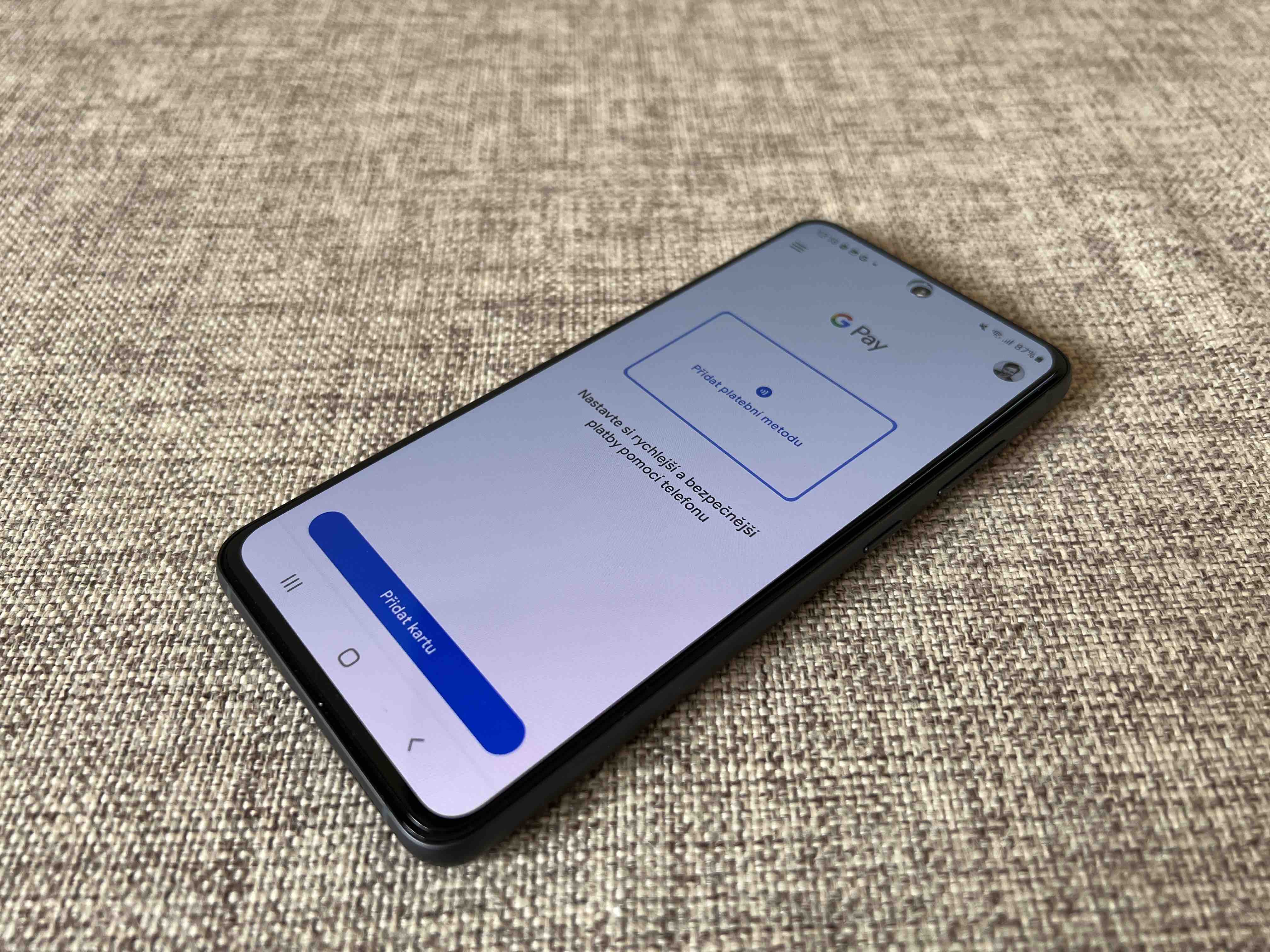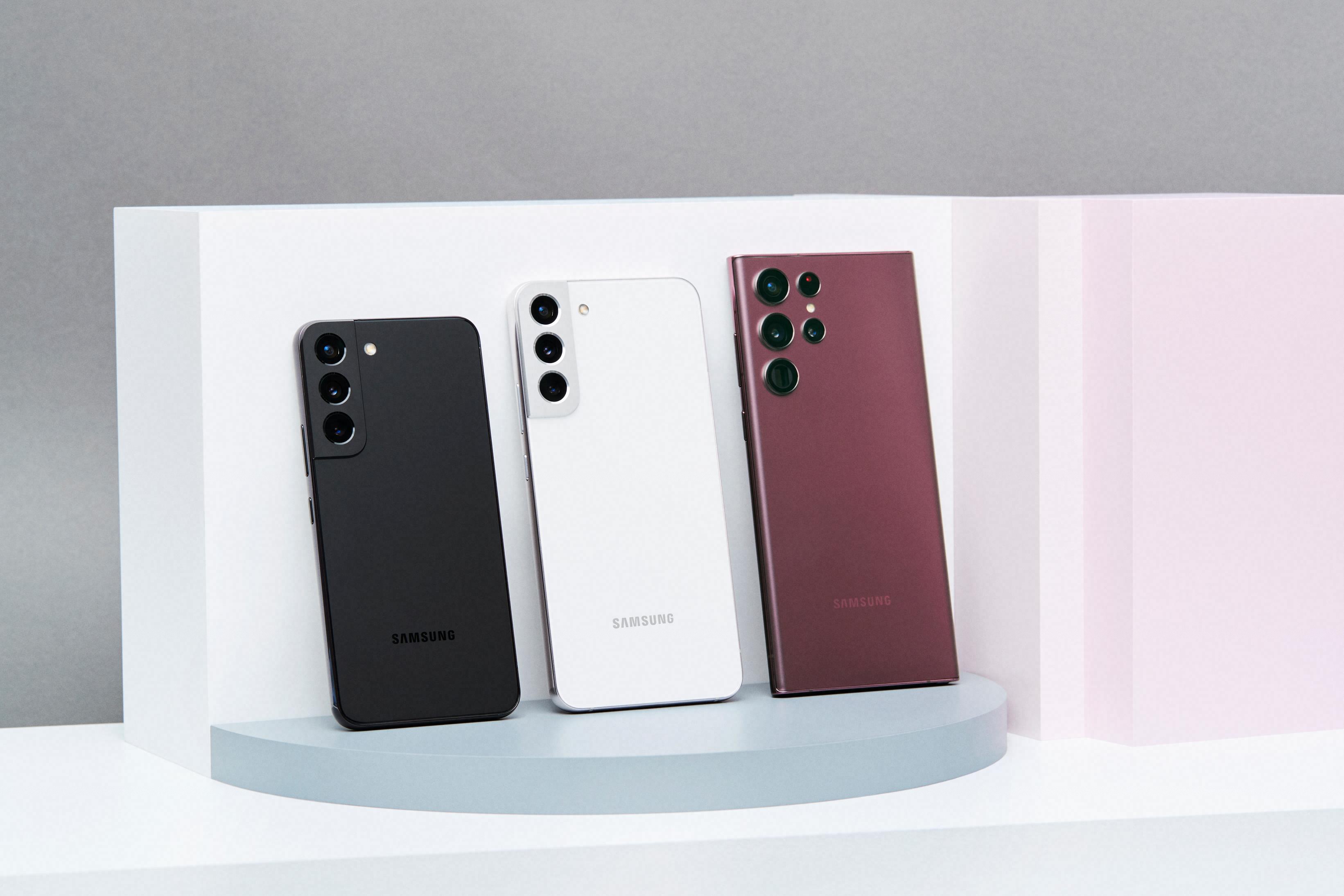Malware, ransomware, phishing and other technical and non-technical threats. Perhaps these words are foreign to you. But it is good to know that they can mean danger for your computer, mobile phone and other devices connected to the Internet. Attackers can access your bank account through various tricks and programs. Or they can remotely lock the screen or directly encrypt all the content of the computer, mobile or tablet. Negotiating with them is a big inconvenience, which can be quite expensive. Security expert Jak Kopřiva from the company ALEF ZERO wrote down some basic points that can help you protect your device better.
About the author
Jan Kopřiva is responsible for a team that takes care of computer security and monitoring of security incidents at large companies. He works in a company ALEF ZERO, which has been providing its customers and partners with comprehensive technological solutions in the field of corporate networks, data centers, cyber security, data storage and backup, but also public clouds for more than 24 years. Jan Kopřiva also trains experts from a number of companies on how to work securely with data and protect it from attacks.
Despite prevention, it is possible that your computer will be infected with a virus. So take a look test the best antivirus for your computer.
1) Observe basic hygiene
It is the same as in the physical world. In the first level, security is always about how the user behaves. When a person does not wash his hands and goes to places with high crime in the dark, sooner or later he is very likely to be robbed and may catch an unpleasant disease. Good hygiene must also be observed on the network, where we can name it as "cyber" hygiene. This alone can protect the user a lot. Technical measures are more of a supplement. In general, it is therefore advisable not to visit sites that are risky (eg sites with illegally shared software) and not to open unknown files headlong.
2) Patch your programs
A very common source of attacks is the web browser and other Internet-connected programs. Many Internet attackers often use already known vulnerabilities of advanced browsers and programs. That's why it's important to keep the software on your computer up to date. In this way, the holes are so-called patched and attackers can no longer exploit them. Once a user has a patched system, they are protected from many attacks without doing anything else.
For the average home user, if an update for the browser, Acrobat Reader, Flash or other software is released, it is usually a good idea to install it. But you also need to be very careful so that a fake message about an update does not pop up on the display, which can, on the contrary, be highly risky, because people can download something harmful to their computer through it.
3) Pay attention to common e-mail attachments as well
For most ordinary users, one of the main sources of potential danger is e-mail. For example, they may receive a message that looks like a notification from a bank, but the link contained in it may be aimed at a page created by an attacker instead of the bank's website. After clicking on the link, the user will be taken to a website, through which the attacker can either extract confidential data from the user or launch some kind of cyber attack.
In the same way, there may be malicious code in the e-mail attachment or code that downloads something harmful to the computer. In this case, in addition to the antivirus, common sense will protect the user. If it comes to someone informace about winning a lot of money in a lottery that he never bought a ticket for, and all he has to do is fill out the attached questionnaire, it is likely that something will jump out of that very "questionnaire" the moment the user opens it. Even before clicking on seemingly harmless attachments such as pdf or excel files, it is therefore advisable to think, because with their help, attackers can also do very unpleasant things with the computer.
Suspicious attachments can also be checked on publicly available scanners before you open them and cause irreversible damage. One of them is, for example www.virustotal.com. There, however, it is necessary to take into account that the given file and its content will continue to be publicly accessible in the database of this service.
It is also useful to know that simply reading the email usually does not cause anything harmful. Clicking on a link or opening an attachment is dangerous.
4) Watch out for automatic clicking on links and verify the origin of emails
It is certainly also advisable to refrain from mindlessly clicking on links in e-mails, especially if the user is not 100% sure that the e-mail is really from the sender it claims to be. Better is to manually type the given link into the browser, for example the e-banking address. If anything comes in that looks potentially suspicious, it's a good idea to verify through another communication channel that the user, whether a friend or a bank, actually sent it. Until then, don't click on anything. Attackers can also spoof the sender of an email.
5) Use antivirus and firewall, even free versions
It is useful to know that the operating system often already has an antivirus and a firewall in it. Most users use operating systems from Microsoft. Some newer versions Windows they already have relatively good antivirus protection built into them. However, it certainly doesn't hurt to get additional protection, for example a better firewall, antivirus, anti-ransomware, software IPS and other possible security. It depends on how tech savvy someone is and what they do with their devices.
However, if we go back to the average user, antivirus and firewall are important. If the operating system does not include them, or if the user does not want to rely on the integrated tools, they can be purchased additionally, both in commercial and freeware or even in open source versions.
6) Protect your mobile devices too
When protecting data, it's good to think about mobile devices as well. These are also connected to the Internet and we have a lot of important and confidential information on them. There are a large number of threats that target them. According to the McAfee company, which deals with, among other things, the issue of malicious code, almost two million new types of malware for mobile phones were discovered in the first quarter of this year alone. They register a total of over 25 million.
Apple has an operating system so locked down and restrictively built that it limits the options given to applications and thus essentially protects data by itself. It also occasionally shows some vulnerability, but it generally provides Apple good security without needing additional antivirus or other security programs. If however iOS it won't be updated for a long time, of course it's just as vulnerable as any other system.
U Androidit's more complicated. Many phone manufacturers modify this most widely used operating system, which complicates updates. Android gives users generally a little more permission than iOS and mobile devices with an operating system Android they are also a really frequent target of attacks. For these reasons, it makes sense to Androidconsider anti-virus or other similar protection.
7) Back up
Finally, it is appropriate to add one more important tip. It may seem obvious, yet many users forget about it and when they remember, it may be too late as their device may be hacked and data locked, deleted or encrypted. That tip is simply backing up information that is valuable to you. It is best to have data backed up multiple times and in multiple locations, ideally in the cloud as well as physically.





